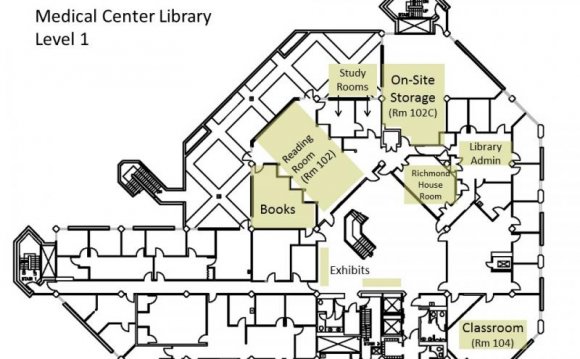
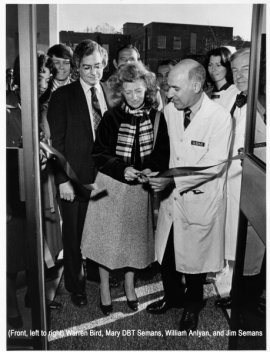
ClinicalKey for Nursing Replaces Mosby's Nursing Consult
Jamie Conklin, Research & Education
If you haven't already, it's time to say goodbye to Mosby's Nursing Consult and hello to its replacement — . Elsevier's new product has all the same great evidence-based content found in both Mosby's Nursing Consult and Mosby's Nursing Skills, including:
- More than 60 ebooks and 50 journals, clinical skills, Mosby's Evidence-Based Nursing Monographs, and drug monographs
- Practice guidelines, clinical updates, labs, patient education materials, and other clinical tools
While the content remains largely the same, the interface and navigation differ. Here are some tips to guide you in the new platform.
- The main navigation feature of ClinicalKey for Nursing is its Smart Search function.
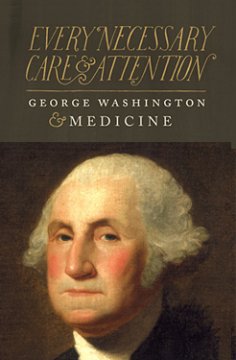 The search defaults to all types of content, so to narrow your results set, select a specific type from the drop-down menu.
The search defaults to all types of content, so to narrow your results set, select a specific type from the drop-down menu. - If you need to narrow your results further, simply use the available filters at the top of your results set. (These will include specialties, source type, study type, and date, depending on which type of source you are viewing.)
- If you prefer to browse content, use the drop-down menu links to "Books" "Journals" and "More" in the Browse area near the search box.
For more information or for help in using ClinicalKey for Nursing, feel free to !
Historical Materials about African Americans at Duke Medicine
This issue highlights the research guide, , produced by Medical Center Archives. The guide aims to introduce researchers to materials documenting the history of African American faculty, students, and staff at Duke Medicine. Included are oral histories, archival collections, photographs, audiovisual materials, and publications, selected key dates and key figures, and links to recommended digital resources.

Special Tribute to Dr. William Anlyan – Library Supporter and Friend
Pat Thibodeau, Associate Dean for Library Services & Archives
Dr. Anlyan was many things to Duke for many years, but few probably know his strong role in the creation of the current Medical Center Library facility. In addition to many other buildings constructed during his time as Chancellor and Vice President of Health Affairs, the Mudd building was an outcome of his planning and leadership.
Serving as a member and chairman of the National Library of Medicine’s Board of Regents, Dr. Anlyan understood the potential and importance of libraries in an academic health center and as part of the developments in biomedical communications. In 1970, he commissioned the architects to create a building with the concept of the library as the core of the communications center. Construction began in 1973 on the triangular shaped facility designed by Warner, Burns, Toan and Lunde and was positioned near the old Duke South hospital. Ultimately, the new Duke North hospital was built on the other side, leaving it halfway between the two major clinical enterprises.
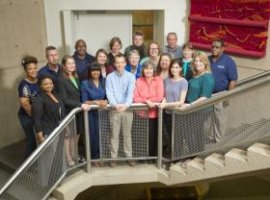 Working with the current Library Director and staff, Dr. Anlyan sought the funding and other resources necessary to build the Seeley G. Mudd Communications Center and Library building. The Seeley G. Mudd Fund, which supported a number of library and learning resource facilities across the country during the 1970s, provided a major grant. With additional funding sought from the Andrew W. Mellon Foundation, Frederick J. Kennedy Memorial Foundation, Nanaline H. Duke Fund, and the Duke Endowment, the new location for the Library became a reality. When opened in 1975, the Library was the only unit in the building occupying the top four of the five levels, with the ground level shell space that would become the Searle Center.
Working with the current Library Director and staff, Dr. Anlyan sought the funding and other resources necessary to build the Seeley G. Mudd Communications Center and Library building. The Seeley G. Mudd Fund, which supported a number of library and learning resource facilities across the country during the 1970s, provided a major grant. With additional funding sought from the Andrew W. Mellon Foundation, Frederick J. Kennedy Memorial Foundation, Nanaline H. Duke Fund, and the Duke Endowment, the new location for the Library became a reality. When opened in 1975, the Library was the only unit in the building occupying the top four of the five levels, with the ground level shell space that would become the Searle Center.
Under Dr. Anlyan, the Library went from cramped quarters in the basement of the Davison building to a modern facility equipped with the technology of the day including slide equipment, audio tapes, closed-loop film projectors, and microform machines. The plans also focused on closed-circuit television, video recordings, and the testing of computer-assisted instruction. Even though this was very forward thinking for its era, Anlyan also thought of the past and supported the inclusion of a greatly expanded History of Medicine Collection and Reading Room, as well as the move of the Trent Room (now Richmond Room) from Davison basement to Mudd.
Under his leadership, the Library also received support to build a strong book and journal collection, becoming a major resource library for other health care institutions in North Carolina and the southeast region. The Library continues to serve as a designated resource library in the National Library of Medicine’s National Network of Libraries of Medicine.
RELATED VIDEO
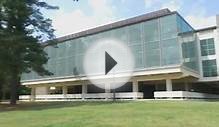


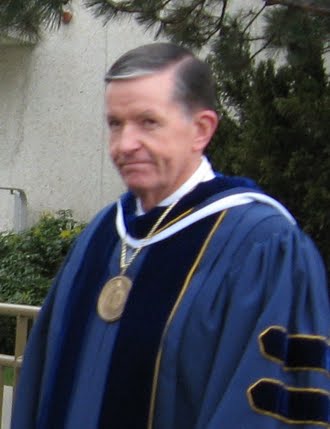 Cecil Osborn Samuelson, Jr. is the 12th and current president of Brigham Young University (BYU) and is an emeritus general authority of The Church of Jesus Christ of Latter-day Saints (LDS Church). Prior to holding these positions, Samuelson had worked as a...
Cecil Osborn Samuelson, Jr. is the 12th and current president of Brigham Young University (BYU) and is an emeritus general authority of The Church of Jesus Christ of Latter-day Saints (LDS Church). Prior to holding these positions, Samuelson had worked as a...








